|
Audio Version Available
|
Whether it’s finding comfort in your worn-out joggers or the confidence you get from donning a professional business suit, fashion speaks a universal language that we can all relate to.
Be it young or old, it is a daily creative playground for self-expression that goes beyond mere clothing choices.
How Fashion Brands Resonate with their Customers
Fashion plays a lot on our aspirations, emotions and insecurities all at the same time. This is why brands develop emotional relationships with consumers through relatable storytelling campaigns and celebrity endorsements.
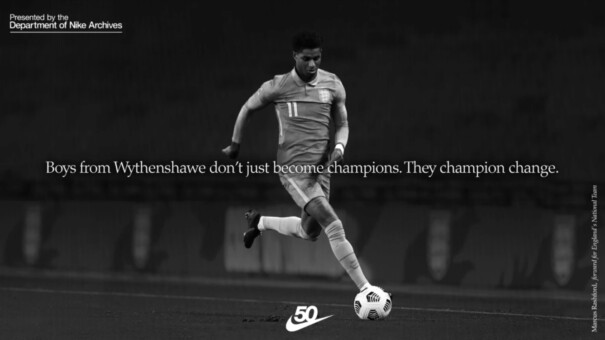
In Nike’s 2022 advertising, there were many memorable taglines by sports ambassadors, such as this one by Marcus Rashford – ‘Boys from Wythenshawe don’t just become champions. They champion change.’
Such campaigns have a way of striking a chord in us, especially if you’re an aspiring athlete, to also emulate such characteristics of justice and power. Having role models who are advocates against racism, homelessness and child hunger strengthens our relationship with the brand and the ambassador.
Moreover, our perception of Nike grows on us – we relate it less as a sports brand but one that champions social good.
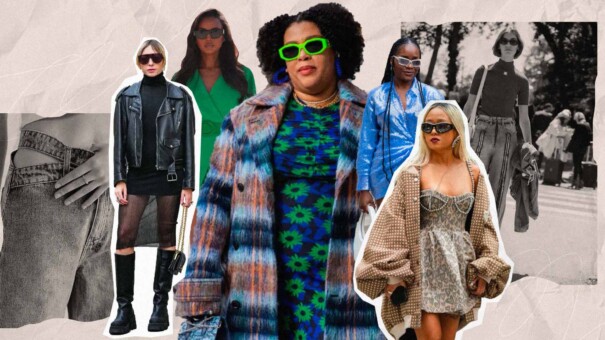
Keeping up with Fashion Trends
Cottagecore, Y2K, vintage aesthetics.
You’re probably familiar with these terms if the TikTok algorithm made you scroll past reels of #GRWM, #OOTD or sponsored hauls. Lifestyle, fashion, beauty influencers partner with brands to upload relatable videos like these where followers get to view try-ons and keep up with the latest sale events.
It’s a social media strategy that has been wildly successful for many fast-fashion brands.
As a viewer, influencers who have amassed a following and connection with us elevate the brands they carry as they are perceived as trustworthy and reliable. This sneak peek into their lifestyle products influences our purchase decisions.
Fast-fashion chains are even churning out dupes of celebrities’ outfits for consumers to indulge in at a fraction of the cost. Imagine being able to own and style the same outfit as your favourite Blackpink member.
The rapid turnover of styles keeps the shopping experience thrilling and dynamic. This immediate gratification keeps people wanting more. As adolescents who yearn to get first dibs on the latest things, the novelty and hype of new collections are driven by our fear of missing out (FOMO).
The Art of Thrifting for Clothes
However, with Gen Zs and Millennials defining fashion on their own terms, the thrift culture is seeing a revival.

When thrift shopping first began, the hygiene of pieces and perceived quality were what held back many locals. However, it was enticing for foreign domestic workers to get their hands on affordable items at flea markets like Thieves Market, Far East Square, Scape and Lucky Plaza.
Clothing, knick-knacks and vintage items were a steal as prices could go as low as $1 at the last hour. With an increased awareness of sustainability, the younger generation is now embracing preloved items.
The lower price tags of clothes is definitely a big pull factor for many Gen Zs and Millennials but what sustains the experience of thrifting is the surprise of finding one-of-a-kind pieces.
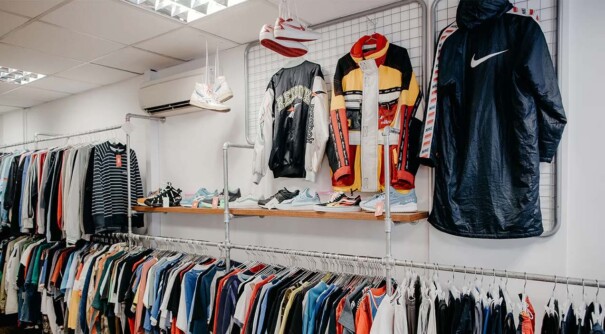
The thrifting scene has evolved into curated vintage stores, charity-run stores, luxury grade ones and even weekly markets where you can raid wardrobes of influencers. Vintage items are also reworked to give secondhand items a new life.
It has also found its way to online marketplaces like Carousell, SecondOther and The Fashion Pulpit where you can swap your clothes with a tiered membership system.
The traditional experience of going through racks and finding treasures in a pile of clothes is what keeps weekend markets like The Luggage Market alive.
However, closing the fashion loop isn’t all that simple and thrifting mindlessly could end up repeating consumption patterns of fast fashion. The behaviour of purchasing many cheaper items can end up creating more textile waste instead of being more sustainable.
This is why it comes down to one’s approach towards fashion and reflecting if the garments purchased befit their lifestyles.
Personalising our Fashion Journey

By making intentional choices, we are less likely to be swayed by the dizzying churn of styles. It’s a personal journey to discover what your style is – and it should spark joy as Marie Kondo illustrates it.
In the KonMari Method, your feelings are the decision maker and it should give you a sense of satisfaction to keep or buy items. Through the process of selecting only those things that inspire joy, you can balance what you love with what you need.
Ever realised how you’d always pick out the same black pants? Such timeless pieces make you return to it again and again, even for decades.
A well-curated wardrobe makes space for things that matter and lets you appreciate the garments you have.
With an even more fast-paced lifestyle, we demand convenience and quality with things we own. We don’t want to be spending our mornings fixing things but be confident with the quality of items we own.
Functional Modern Day Fashion
I was inspired by how the local fashion label ‘Will and Well’ addressed modern day fashion. Each garment is so thoughtfully designed to meet diverse bodies and abilities. As simple as reimagining how buttons or zippers can be incorporated, it alleviates inconveniences for working adults like us.
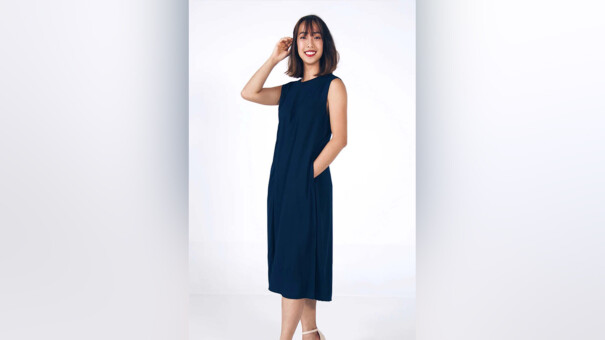
Take this elegant everyday work dress for example – instead of meddling with unreachable back zip closures, the highlight is the seamlessly concealed front zipper where you can effortlessly put it on in seconds.
Or if you’re putting on a shirt, you can easily snap it magnetically instead of having to manually fasten buttons. The attention to details of such elements is what sets it apart from fast-fashion. Such modifications allow for easier wear and is optimised for the everyday lifestyle in our modern society.
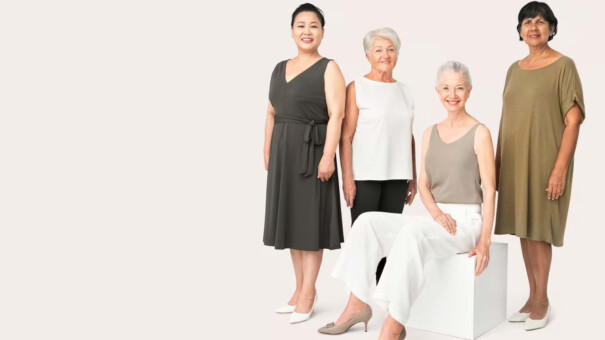
Functional fashion extends its impact beyond ourselves- to caregivers, the elderly, and people with disabilities. There are fashion pieces designed for those who have difficulty dressing – people with mobility difficulties, Arthritis, Parkinson’s, Multiple sclerosis, ALS and stroke etc.
After all, it’s only natural to experience reduced dexterity and heightened versions of the same challenges we currently encounter as we grow older.
Imagine how empowering it must be for those with these difficulties to rely less on external assistance and independently dress themselves with ease.
Knowing that there are clothes applicable for them makes getting dressed something to look forward to instead of a daunting task for both caregiver and the individual.
As our society embraces inclusivity in fashion, we are no longer constrained by a one-size-fits-all approach and it should empower anyone to be the best versions of themselves, no matter their age, size or abilities.
